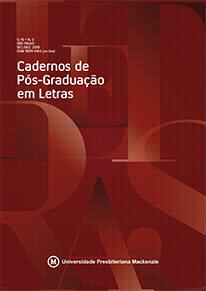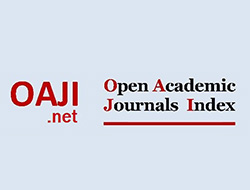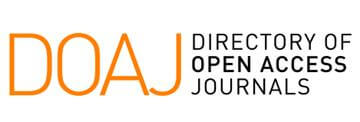Tracing untruths
language routes and trajectories of the self in Surfacing (1972) and Lady Oracle (1976), by Margaret Atwood
Keywords:
Language, Subjectivity, GenderAbstract
This work aims at analyzing the novels Surfacing (1972) and Lady Oracle (1976), by Margaret Atwood, focusing on the construction of the protagonist-narrators’ subjectivities. We believe that, through feminist and post-structuralist strategies, the author unveils the fictionality character embedded in the core of the subject’s formation, who is continuously elaborating their identity through language. Works by Chris Weedon, Coral Ann Howells, Andrea Saad Hossne, among others, will be the theoretical apparatus for this investigation.
Downloads
References
ATWOOD, M. Madame Oráculo. Tradução Domingos Demasi. São Paulo: Marco Zero, 1986.
ATWOOD, M. O lago sagrado. Tradução Cacilda Ferrante. São Paulo: Globo, 1989.
ATWOOD, M. In search of Alias Grace. Conférence Charles R. Bronfman en Études Canadiennes. Ottawa: University of Ottawa Press, 1997.
BOUSON, J. B. Brutal choreographies: oppositional strategies and narrative design in the novels of Margaret Atwood. Amherst: University of Massachusetts Press, 1993.
HOSSNE, A. S. Bovarismo e romance: Madame Bovary e Lady Oracle. São Paulo: Ateliê Editorial, 2000.
HOWELLS, C. A. (ed.). The Cambridge companion to Margaret Atwood. Cambridge, New York: Cambridge University Press, 2006.
MCWILLIAMS, E. Margaret Atwood and the Female Bildungsroman. Burlington: Ashgate, 2009.
Downloads
Published
How to Cite
Issue
Section
License
The copyright of the articles published in Cadernos de Pós-Graduação em Letras belongs to the authors, who grant the Mackenzie Presbyterian University the exclusive rights to publish the content. Total or partial reproduction is prohibited without due authorization from the Editorial Committee, except for study and research.











